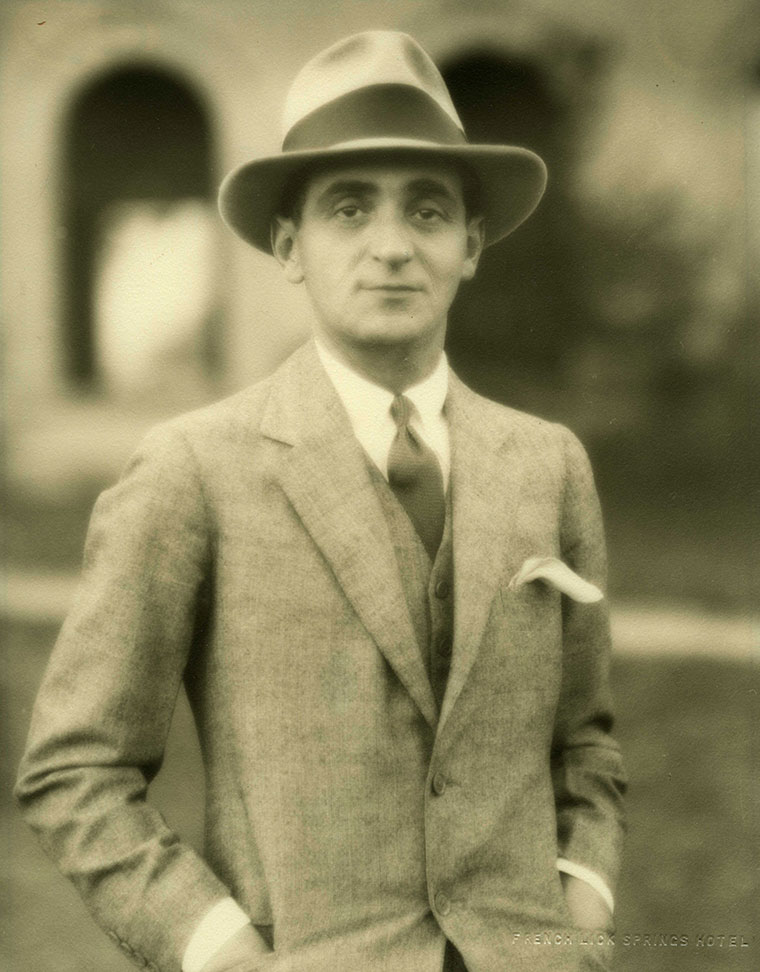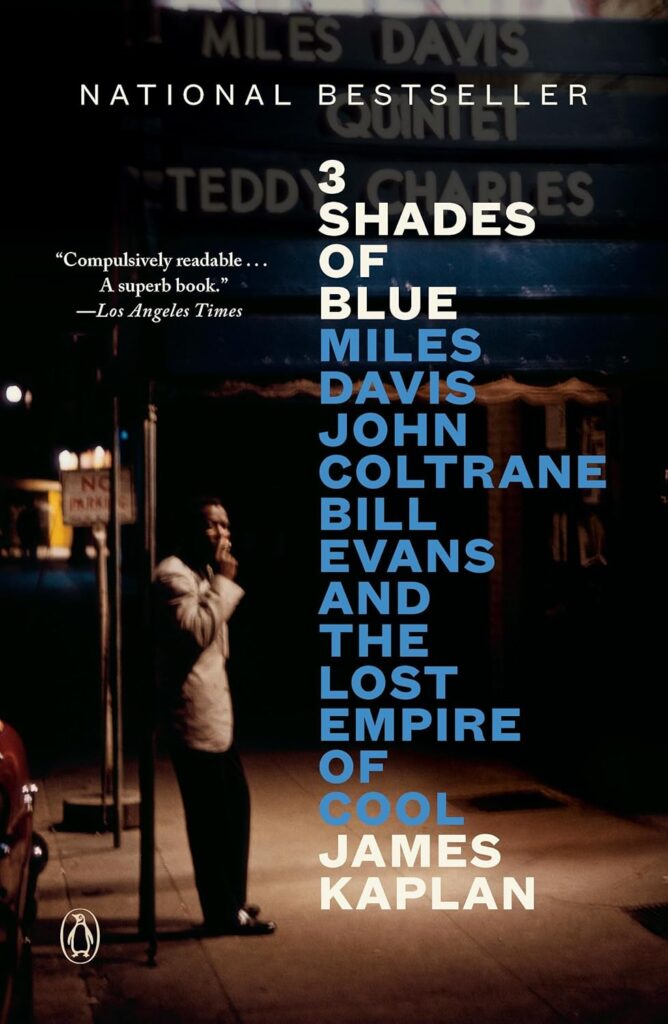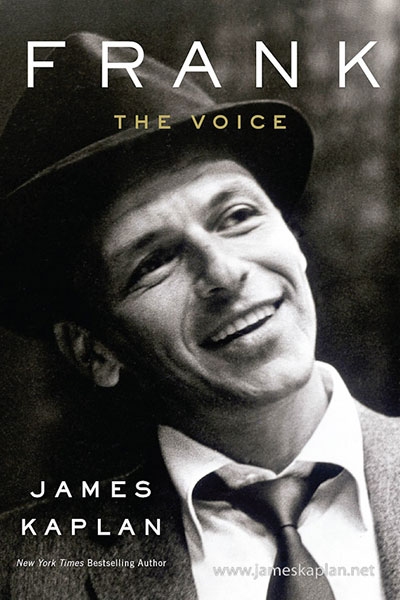Why Irving Berlin’s ‘White Christmas’ aches with sadness

By James Kaplan in the LA Times.
(James Kaplan’s most recent biography is the epic 3 Shades of Cool: Miles Davis, John Coltrane, Bill Evens and the Lost Empire of Cool is a deeply researched account of the pinnacle of jazz in the late 1950s. You can read about his Irving Berlin biography here.)
On the morning of Jan. 8, 1940, inveterate night owl Irving Berlin startled the staff in his midtown Manhattan office by bustling in bright and early and announcing to his longtime arranger Helmy Kresa: “I want you to take down a song I wrote over the weekend. Not only is it the best song I ever wrote, it’s the best song anybody ever wrote.” The song was “White Christmas.”
Berlin’s assessment of the tune’s quality may sound inflated, but by the quantitative standard he preferred, he was prescient: “White Christmas” would become the biggest hit among the approximately 1,500 songs he wrote, a monster by any measure. (“The mob is always right,” he was fond of saying.) To date, Bing Crosby’s 1942 recording of the number has sold over 50 million copies, making it the bestselling pop single of all time. The song has been recorded by some 500 artists and in several languages.
What’s the source of its extraordinary power?




